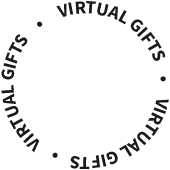Patchwork Barents
With Patchwork Barents, Jefferson Institute created a Barents region online portal to pool open-source government and scientific data and generate embeddable data visualizations. The project included tools enabling registered users to upload new datasets and to create visual data displays, and it matched the panoply of information with weekly reporting from data journalists in Barents communities.
Public discourse on the Arctic often is passionate, but it rarely is well informed. Stereotypes and anecdotes dominate, rather than hard data. Deep local knowledge exists on the state of the Arctic, its peoples, and its frontier regions. However, public access to this information has been limited, and the data has not been presented in a visual format that aids identification of positive trends or emerging challenges. Additionally, professional social scientists have lacked mechanisms to provide citizen scientists with intuitive direct access to their Arctic research, for popular self-learning, and for social sharing of those lessons.
Patchwork Barents was a unique effort to match emerging tools for popular data visualization and community centered data journalism with public county-equivalent scientific data on the Arctic. The project empowered citizens by giving them the tools to learn and share more about their own community and to place their community into the context of intuitively similar and dissimilar places nationally and across borders. By collecting, compiling, and presenting quantitative and qualitative comparative data – and making it publicly available online through interactive visualizations – Patchwork Barents expanded the knowledge base and understanding of local and international stakeholders about the true condition of Arctic frontier regions and their changing context over time.
Project Barents centered on Norway, Sweden, Finland, and Northwest Russia, but this successful pilot initiative generated lessons that can inform subsequent, larger pan-Arctic efforts in data journalism and intuitive, sharable visualization of public data.
